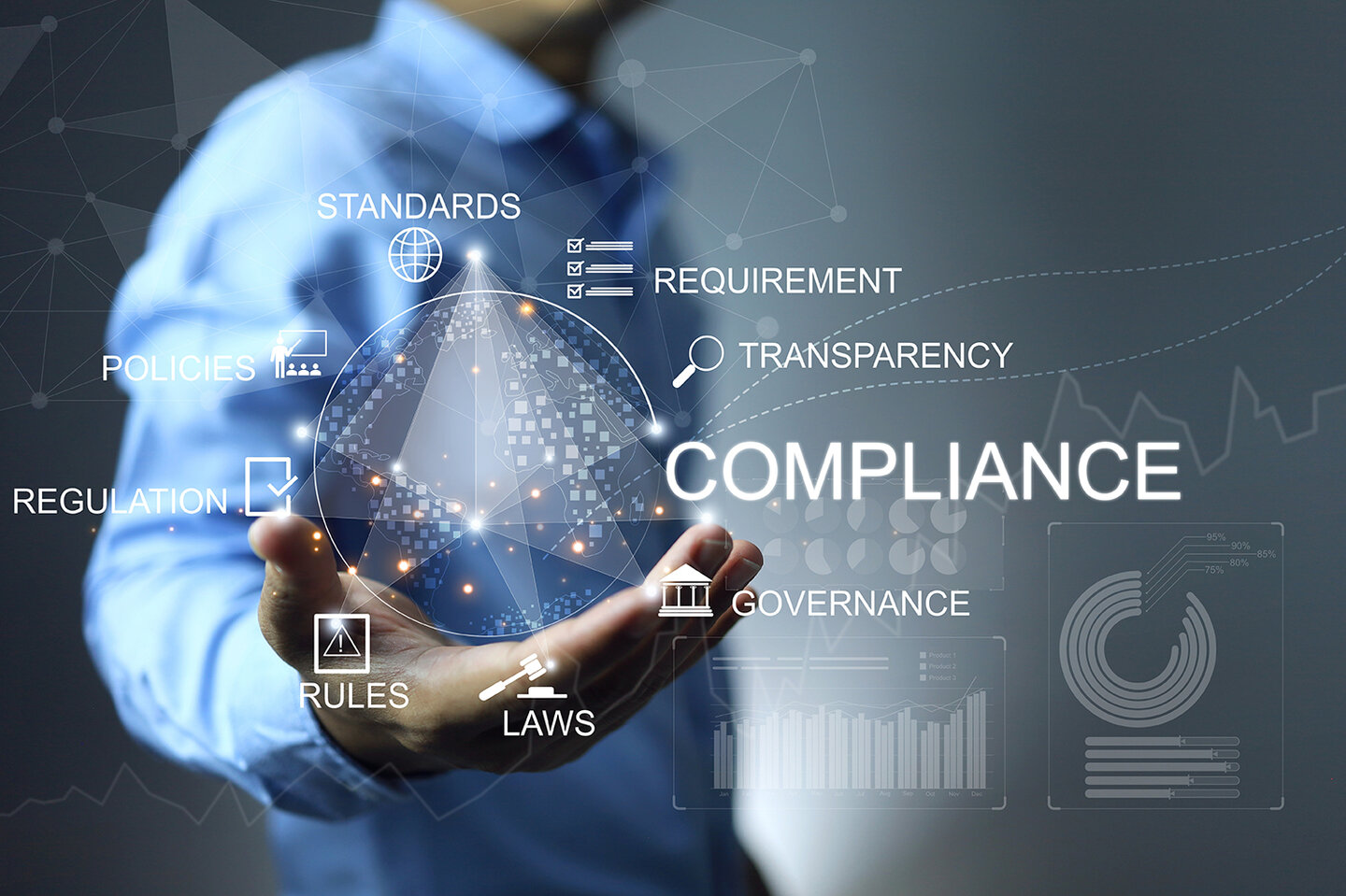Cover Story
Regulatory updates and compliance strategies
From plastic bans to new extended producer responsibility (EPR) schemes, global packaging regulations are evolving fast. By Oumar Fofana.

Companies must adopt smarter compliance strategies to stay competitive and avoid costly risks. Credit: Aree_S / Shutterstock
Packaging regulations are no longer limited to labelling laws or safety standards—they now span environmental goals, sustainability mandates, and circular economy targets.
Across the globe, governments are tightening packaging legislation, pushing producers to rethink how they design, source, and manage packaging materials.
For packaging manufacturers, brand owners, and retailers, this presents both a challenge and an opportunity. Staying compliant is no longer a reactive task—it’s a core strategic function that affects cost, operations, and reputation.
Evolving packaging regulations worldwide
Europe continues to lead the way in regulatory change. The EU’s proposed Packaging and Packaging Waste Regulation (PPWR), part of the European Green Deal, aims to standardise laws across Member States and drive sustainability at scale. Key proposals include:
- Mandatory reuse targets
- Design rules to enhance recyclability
- Bans on certain packaging formats
- Labelling to improve waste sorting
If approved, these changes will reshape packaging design and procurement across the supply chain.
In the UK, the new EPR system is set to come into effect in 2025, following a delay. This legislation shifts the financial burden of packaging waste onto producers, requiring them to cover the full net cost of collection and disposal.
While the system aims to incentivise more sustainable packaging choices, industry groups have raised concerns about costs and administrative complexity.
Meanwhile, the United States is seeing a wave of state-level legislation. California’s SB 54 introduces aggressive plastic reduction and recycling targets, while other states like New York are considering similar laws.
At the federal level, there’s increasing pressure for unified packaging rules.
Canada is further along in implementing its zero plastic waste agenda, with a ban on several single-use items and growing provincial EPR schemes.
In Asia-Pacific, countries such as South Korea, India, and Japan are tightening rules on labelling, recyclability, and waste management, prompting global companies to review their compliance across multiple jurisdictions.
Strategies for staying ahead
As the regulatory landscape becomes more fragmented and fast-moving, businesses need proactive and integrated strategies.
- Build compliance into design and procurement
Forward-thinking firms are embedding regulatory foresight into product development. This means considering recyclability, labelling, and future legislation during the concept stage—helping avoid expensive redesigns and missed market opportunities later. - Foster cross-functional collaboration
Compliance is no longer just a legal or sustainability function. It touches R&D, marketing, procurement, and operations. Leading companies run internal audits, deliver staff training, and encourage departments to collaborate on regulatory planning. - Use digital compliance tools
Digital platforms can track legislation, flag packaging risks, and manage EPR data submissions. Companies are investing in software that integrates with their product databases, enabling real-time checks against regional rules and upcoming changes. - Strengthen supplier data and traceability
As reporting requirements become more granular, especially under EPR, businesses need accurate, consistent data from their suppliers. Clear documentation and robust data-sharing frameworks are becoming essential.
Consultancies like SGS, Intertek, and Smithers are also helping companies navigate this complexity—offering testing, regulatory monitoring, and certification services that support compliance across multiple markets.
Balancing compliance with commercial goals
Beyond regulatory necessity, compliance can be a catalyst for competitive advantage.
Multinationals like Tetra Pak, Unilever, and Nestlé are embracing regulations as part of their broader sustainability roadmaps.
They’re investing in recyclable, refillable, and compostable packaging not just to meet legal requirements, but to deliver on ESG commitments and consumer expectations.
There are real financial implications too. Fines for non-compliance, loss of market access, or damage to brand reputation can be significant. At the same time, reducing material use, rationalising SKUs, or switching to recyclable formats can generate long-term savings.
Packaging compliance also opens doors to innovation. From digital watermarking to chemical recycling, regulation is pushing firms to explore new technologies and collaborate more deeply across the value chain.
In this landscape, success means aligning compliance strategies with product, brand, and sustainability goals—turning a legal obligation into a driver of growth and resilience.
Looking forward
The global packaging regulatory environment is more complex than ever, but it’s also full of opportunity.
Companies that monitor legislation closely, integrate compliance into product design, and collaborate across departments are not only better protected from risk—they’re better positioned for long-term success.
As 2025 approaches, with sweeping changes in EPR, recyclability standards, and packaging design rules across multiple regions, the message is clear: compliance is no longer optional or static.
It is a living, strategic function at the heart of innovation and brand value.